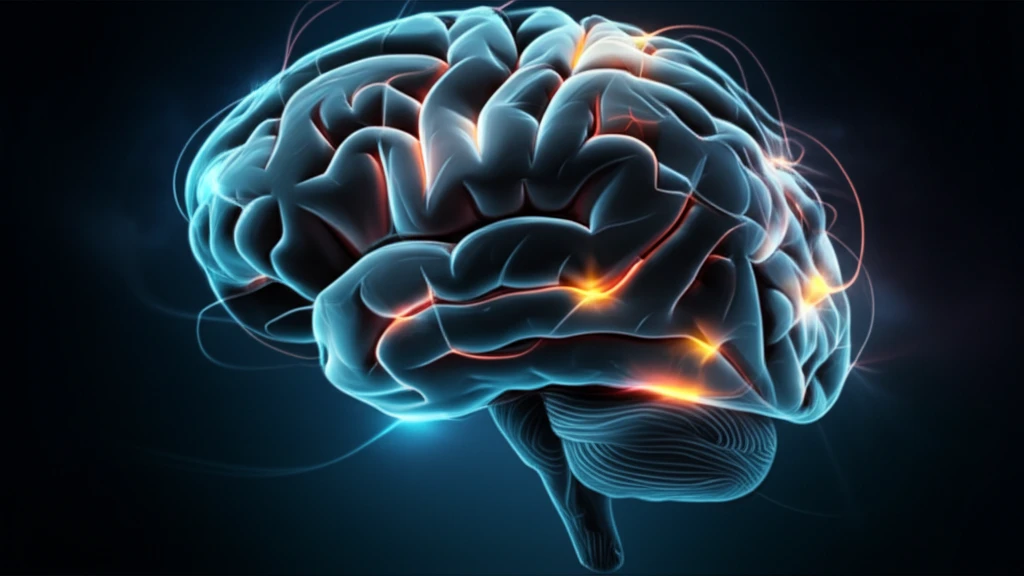
BNCT and Bevacizumab: A Promising Duo in Recurrent Glioma Treatment?
"Exploring a pilot study on combining boron neutron capture therapy (BNCT) with bevacizumab for recurrent malignant gliomas."
Recurrent malignant gliomas (RMGs) pose a significant challenge in oncology, with limited effective treatment options available. Boron neutron capture therapy (BNCT), a targeted radiation therapy, has shown promise, but can lead to brain radiation necrosis (BRN) as a side effect. This necrosis can cause severe neurological complications, diminishing the benefits of the treatment.
To combat BRN, researchers have explored the use of bevacizumab (BV), an anti-VEGF antibody known for its ability to reduce edema and inflammation. A recent pilot study investigated the combination of BNCT with early, successive BV treatments to mitigate BRN and improve outcomes for RMG patients.
This article delves into the findings of this pilot study, examining the feasibility, efficacy, and BRN control achieved by combining BNCT and bevacizumab. We will explore the potential of this combination therapy to extend survival and improve the quality of life for individuals battling recurrent malignant gliomas.
How Does Combining BNCT and Bevacizumab Work?

The pilot study involved seven patients with recurrent malignant gliomas who underwent BNCT followed by a course of bevacizumab treatments. BNCT works by selectively targeting tumor cells with a boron compound and then irradiating them with neutrons, leading to cell death. Bevacizumab, administered shortly after BNCT, aims to counteract the development of BRN by inhibiting VEGF, a key factor in edema formation and inflammation.
- Feasibility: Evaluating the occurrence of adverse events associated with the combined treatment.
- Efficacy: Measuring overall survival (OS) and progression-free survival (PFS) to determine the treatment's impact on disease progression.
- BRN Control: Assessing the ability of the combination therapy to prevent or manage brain radiation necrosis.
The Future of RMG Treatment: A Glimmer of Hope
This pilot study suggests that combining BNCT with early bevacizumab treatments can effectively prevent or control BRN, prolong overall survival, and maintain an acceptable incidence of adverse events in patients with recurrent malignant gliomas. These findings offer a promising avenue for improving treatment outcomes in this challenging patient population.
The study authors emphasize the need for further research to validate these preliminary results and optimize the treatment protocol. A prospective clinical trial is currently underway to investigate BNCT and simultaneous BV treatments for poor prognosis patients with recurrent malignant glioma, potentially solidifying this combination therapy as a new standard of care.
While the results are promising, it's important to note the small sample size of the study. Larger, multi-center trials are needed to confirm these findings and determine the optimal dosage and timing of bevacizumab in conjunction with BNCT. The future of RMG treatment may very well depend on innovative combinations like this, offering renewed hope for patients and their families.
